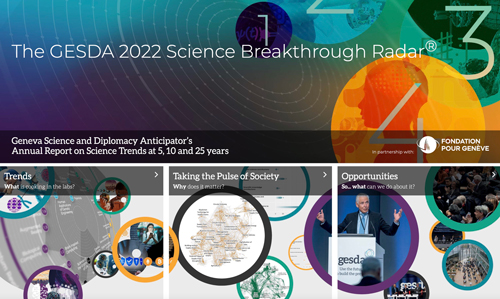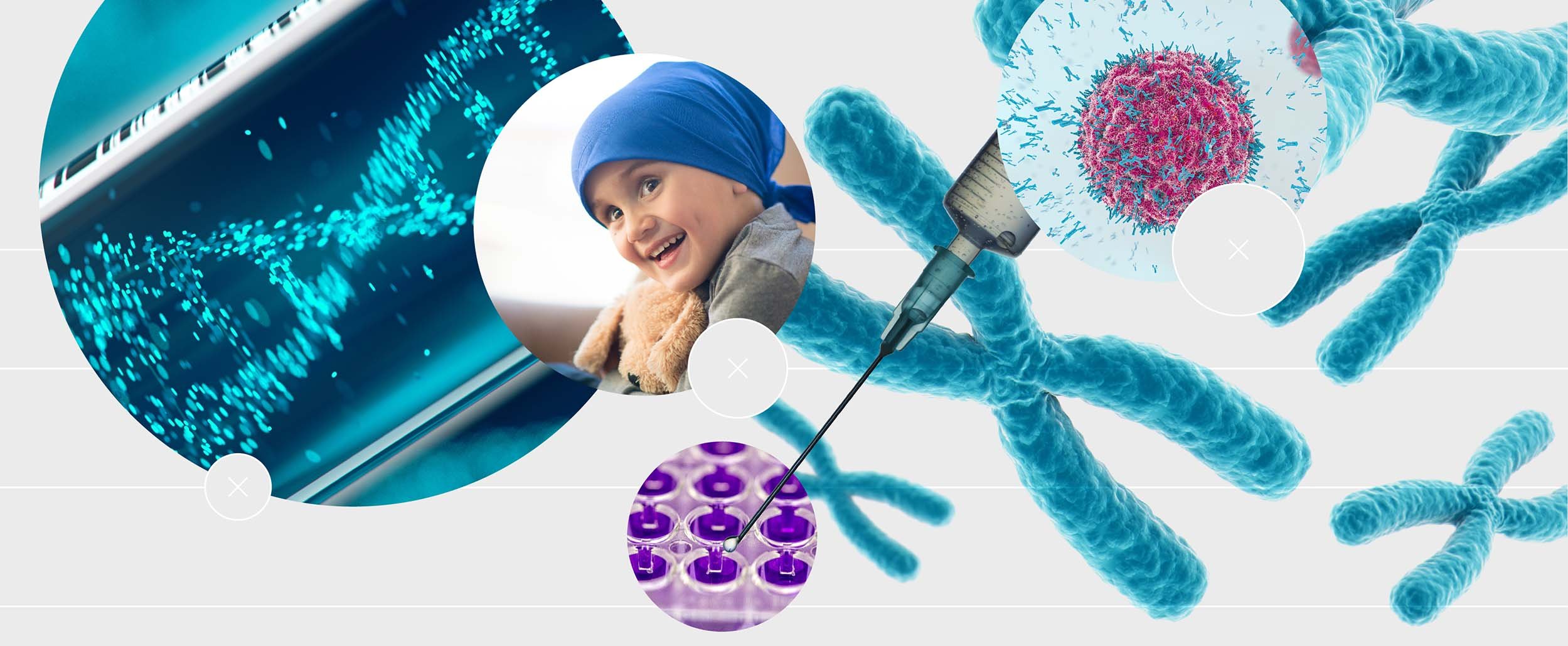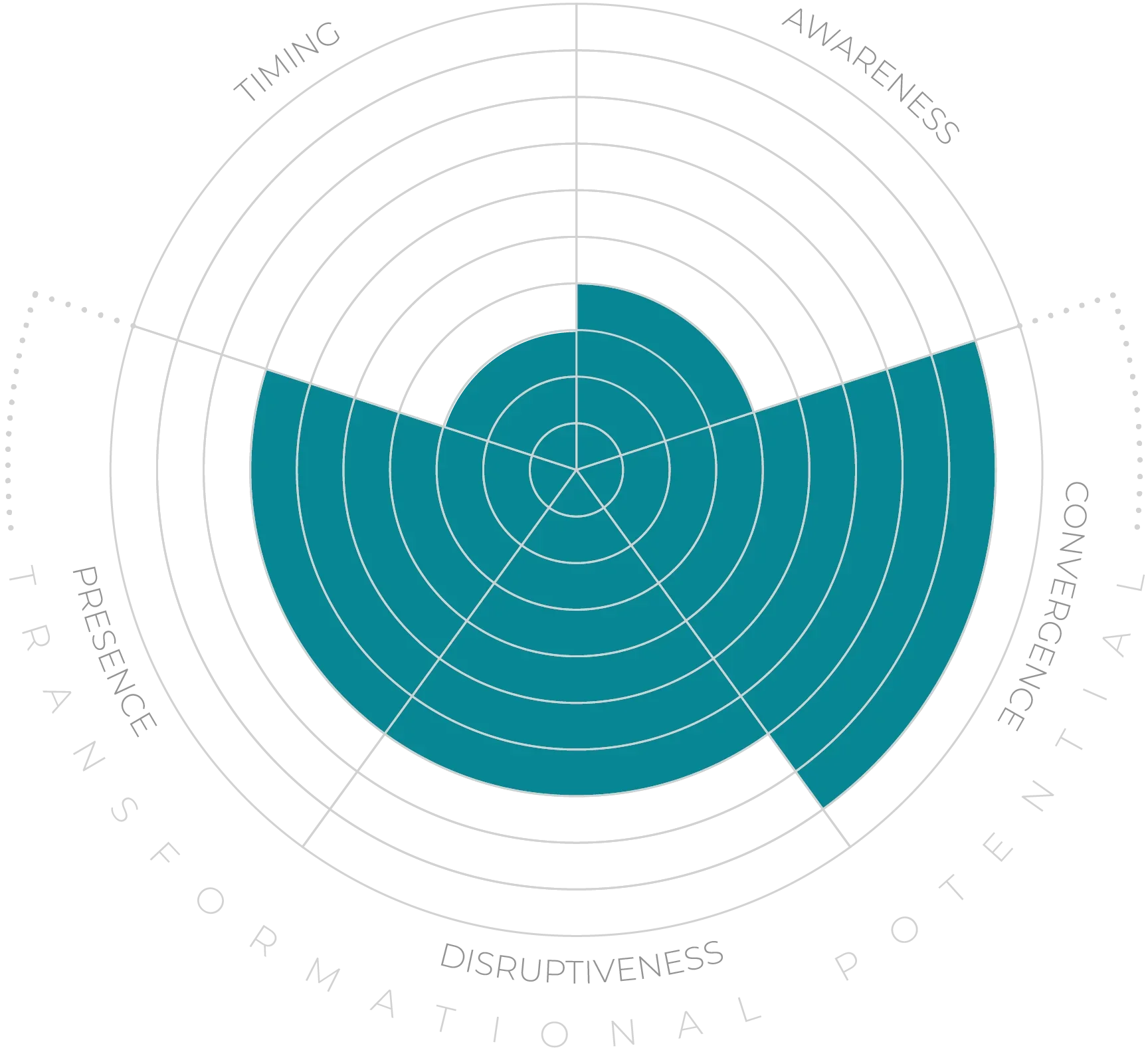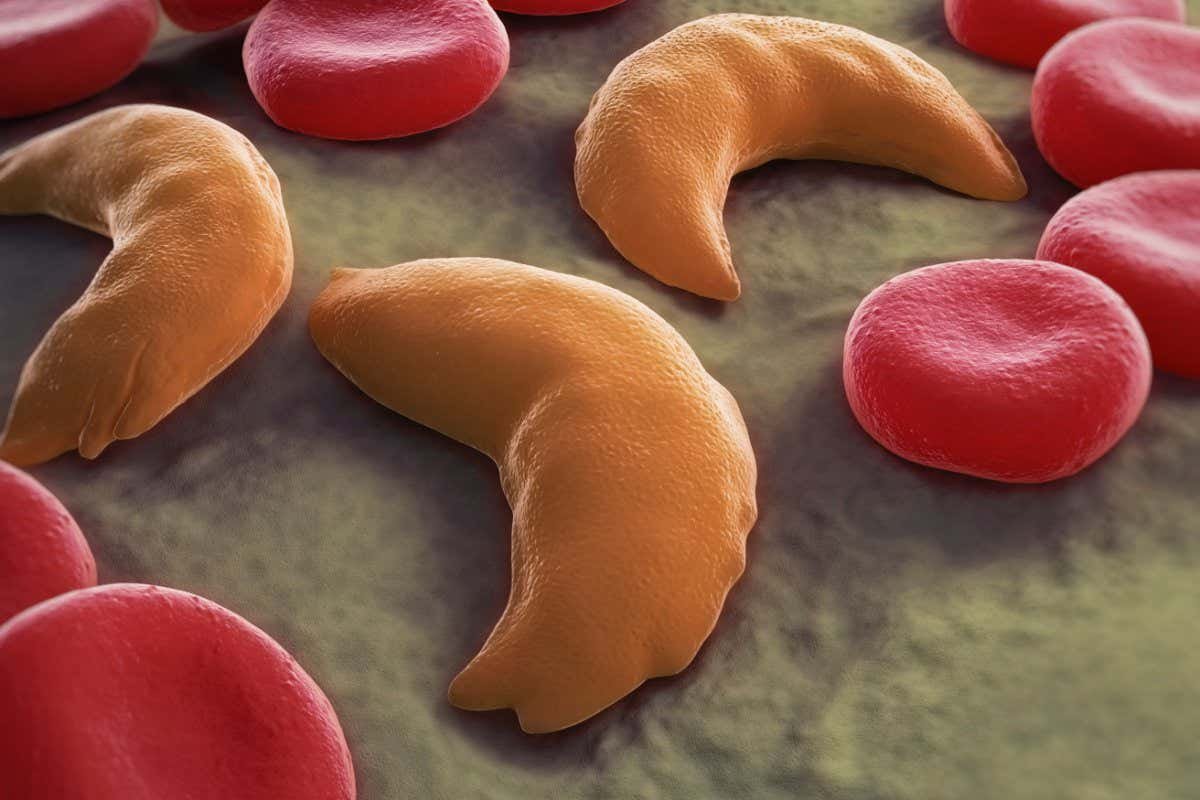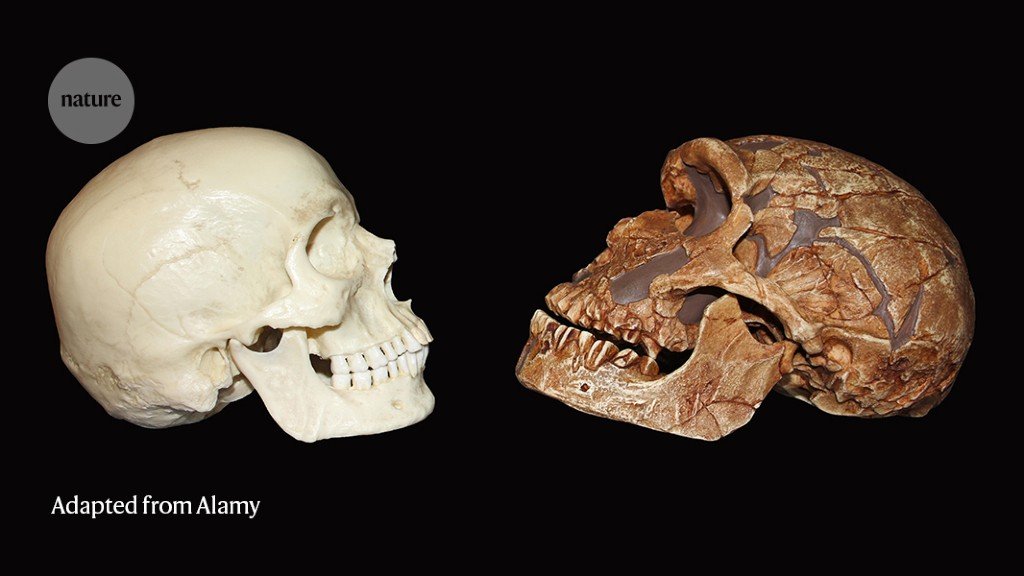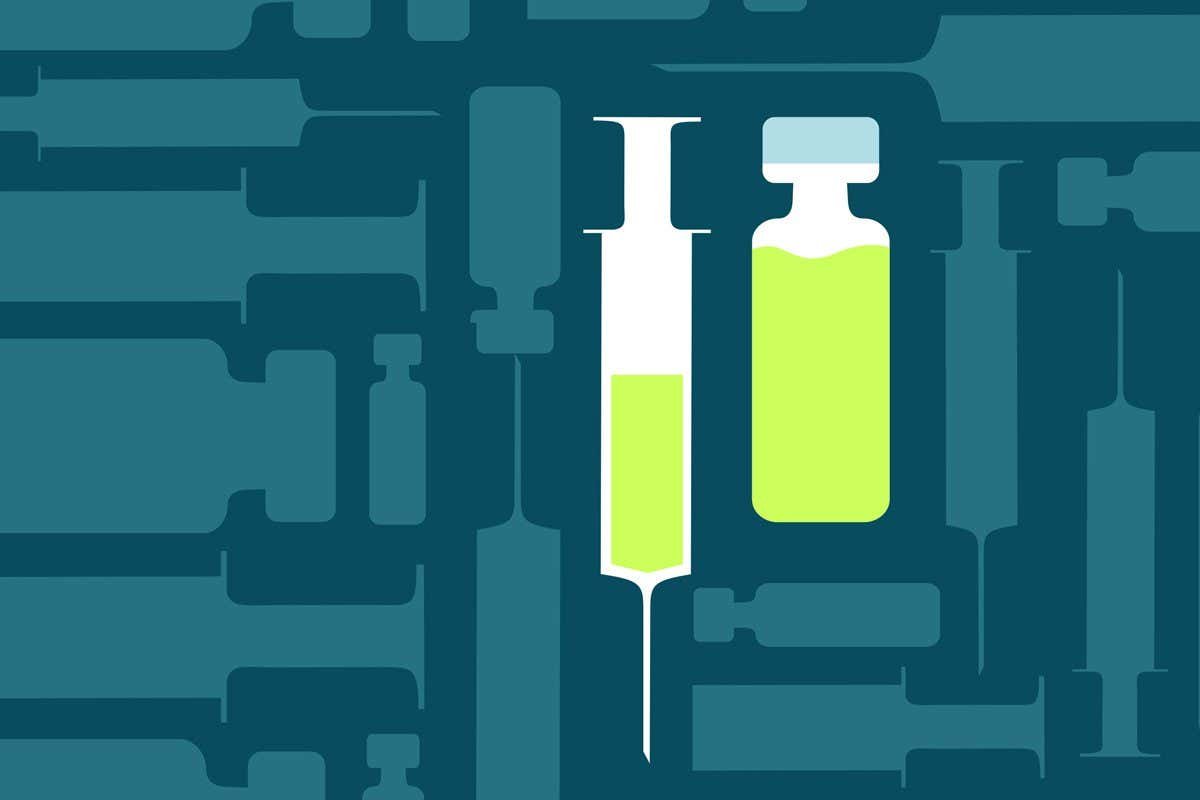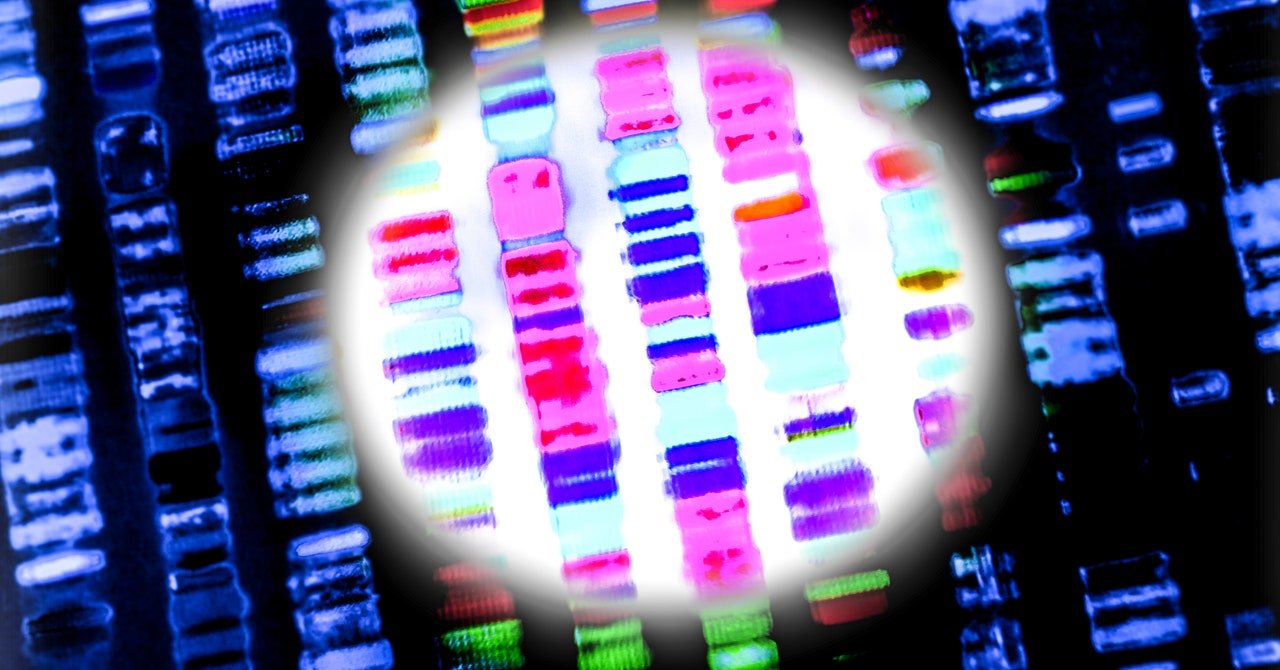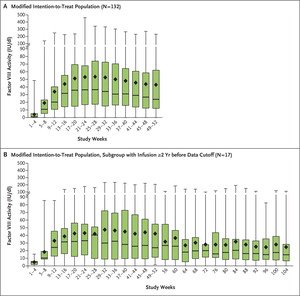In the first instance, this is done by replacing unhealthy or dysfunctional elements. So, for example, cell therapies bring healthy cells into a patient's body as replacements for missing or unhealthy cells; they are already licensed for the treatment of certain types of leukaemia and lymphoma. Similarly, gene therapies are intended to restore functionality, often by introducing healthy genes; after some missteps this is now breaking into mainstream medicine. Elsewhere, techniques derived from optogenetics have reversed retinitis pigmentosa and sickle cell disease,21 opening the door for development of a cure.
More fundamental still are therapies which “reprogramme” or “educate” the body's immune defences.
mRNA therapies proved their mettle as vaccinations against COVID-19, but mRNA's ability to teach the body how to make specific proteins can help the immune system prevent or treat other diseases too: trials are now in progress against malaria, rabies, cancer and influenza, and there are promising early results when it comes to personalised pancreatic cancer vaccines.22 Beyond vaccines, mRNA could also be used in novel therapies for cystic fibrosis, heart disease and rare genetic conditions.
Small-molecule drugs could be the basis of antiviral therapies against Covid.23 While the efficacy of repurposed existing drugs has been up for debate,24 new mechanisms are being identified for preclinical trials,25 and these could augment a vaccine strategy and help prepare for future pandemics.
Meanwhile, nano-engineered molecules that are mimics (but not always exact copies) of existing drugs are providing a useful way around the limitations of naturally occurring compounds. Biomimetics is an interdisciplinary field in which principles from engineering, chemistry and biology are applied to the synthesis of materials, synthetic systems or machines that have functions that mimic biological processes.26 Used in medicine, it will bring down costs, speed up development, and make the medicines more globally available.
